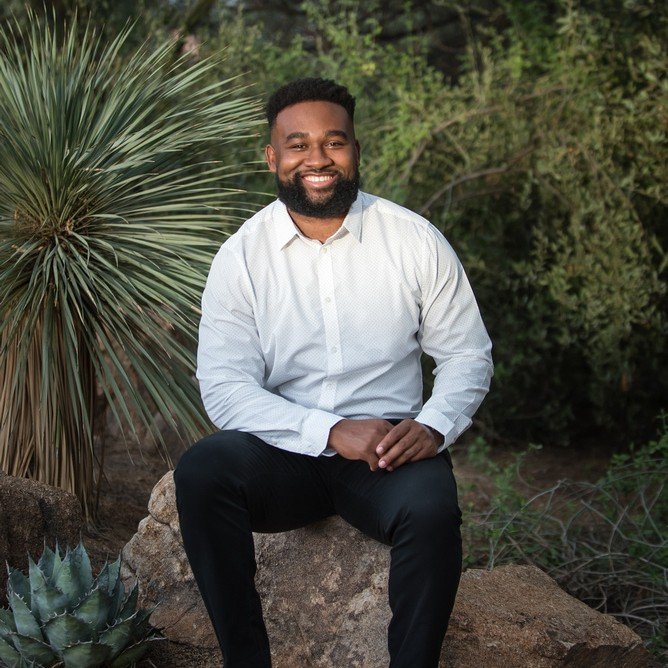School Partner Spotlight: John Muir Elementary
WA-BLOC has expanded to provide site-based support for five additional elementary schools in our Southeast/central Seattle neighborhood this year to become restorative school communities!
WA-BLOC staff member Anab Nur attending John Muir's curriculum night to share restorative practices with families
This month, we are excited to feature one of these amazing new school partners: John Muir Elementary School! We have been so excited to work with John Muir and hit the ground running this Fall, supporting their Tri-Days professional development, facilitating community-building activities circles for staff, and strategizing how to systematize RJ practices, including making time in weekly schedules for classroom circles and much more!
Our on-site Restorative Justice Practitioner, Lena, loves the eagerness and warmth of the staff at John Muir. In her role, she supports weekly community-building circles in all classes, provides coaching and restorative supports to staff and students, collaborates with school committees and leadership team, plans and facilitates quarterly PDs for staff, participates in family engagement opportunities, and introduces Restorative Practices to families and more.
This upcoming quarter, she is excited to start an RJ student leadership group and continue to find ways for students to be equipped to help lead their school community and the visions they have for restorative justice!
This partnership would not be possible without the enthusiasm, dedication, and support of John Muir Principal Quinta Thomas and the amazing staff at John Muir.
Continue reading to hear from some of their faculty!
Quinta Thomas, Proud Principal of John Muir Elementary
What do you love about your school community? I love how diverse and rich in tradition our school is!
Why do you think it is important for your school to be a restorative school community? We serve a unique body of students who need the opportunity to come to school and learn from each other and their mistakes. After this, they should be able to be restored back into the community.
What’s one thing that you’ve personally learned through Restorative Justice practices/working with WA-BLOC this year? We can literally do anything in a community circle! I recently used a circle for a parent meeting and it dramatically shifted power dynamics in the space so people were less anxious and on edge.
What impact has restorative justice had on your school? RJ practices have helped us foster a community of cultural acknowledgments, harm repair, and a deeper sense of community amongst the students and staff.
What is a tip or piece of advice you have for other educators/building leaders implementing restorative practices/circles in their schools/classrooms? This work does not happen overnight. It takes time! Trust the process.
Anything else you'd like to share? We love WA-BLOC here at John Muir.
Circle centerpiece from a staff circle at John Muir
Emily Prewitt, 5th Grade Teacher at John Muir Elementary
What do you love about your school community? Our school admin and staff are loving and supportive, our families are engaged participants in their students' learning, and our students are simply the best!
Why do you think it is important for your school to be a restorative school community? It's important for our school to be a restorative community because it teaches students that if they wrong others, there are ways to make it better, make it right. We are teaching students to be responsible for their behaviors and the way their actions can affect others. Students are learning to be empathetic and understand how our actions can affect those around us.
What’s one thing that you’ve personally learned through Restorative Justice practices/working with WA-BLOC this year? I have learned how much fun it is to spend dedicated time each week getting to know my students better and building strong relationships with one another. Implementing restorative justice community circles allows our class to have both serious and fun discussions and come together as a community to decide what is important to us. WA-BLOC has been very supportive in helping us get our restorative justice practices up and running smoothly.
What impact has restorative justice had on your school/classroom? Can you share a particular story about an experience you’ve had/witnessed? My classroom community is stronger because of our classroom circles. Twice a week, we spend intentional time getting to know one another on a deeper level. Having students facilitate the meetings evens the playing field by taking away the student-teacher power dynamic, and the talking piece ensures that everyone is valued and each person has a chance for their voice to be heard. Last Friday, for the first time since the year started, we ran out of time for our class circle because we had academic content to catch up on before the week ended. Students were upset! They didn't want to miss out on the circle and came up with creative solutions to try and fit it in! We collectively value that time together when we put academic learning aside for a moment to focus on social/emotional learning and having fun together.
What is a tip or piece of advice you have for other educators/building leaders implementing restorative practices/circles in their schools/classrooms? Keep at it, and don't give up! It took a while for circles in my fifth-grade classroom to run smoothly. But now that we have been doing it for a few months, students follow our guidelines, participate, respect one another and the student circle keeper, and truly enjoy the bonding time. Also, don't be afraid to give up your power. It was a challenge for me to hand the "circle keeper" job over to students, because I wanted to ensure the circle ran smoothly, but by waiting until routines had been clearly established and practiced many times, students led and participated in the circle seamlessly and take pride in participating in an activity where their teacher is "one of them" versus "in charge of them.” It's very powerful and helps to create a strong classroom bond.
Anything else you'd like to share? I appreciate WA-BLOC and, specifically, Lena Nguyen for their support. Lena has come to all my class circles to join in (which students love!) and provide me with feedback and suggestions.
WA-BLOC Restorative Justice Practitioner Lena leads all-staff PD at John Muir this fall
Sylvie Kovnat, 3rd Grade Teacher at John Muir Elementary
What is a tip or piece of advice you have for other educators/building leaders implementing restorative practices/circles in their schools/classrooms?
A piece of advice I would share about implementing circles in the classroom is to start small. Most of the circles we have had this year have simply been community circles. Students are getting into the practice of circles and are continuing to grow together as a community. They cannot learn to restore and repair unless that community foundation is strong. I would also suggest giving students the responsibility of being the Circle Keeper (with teacher help). It is wonderful to see a student take the lead,remind the rest of our class about our community agreements, and see them answer their classmates' questions. Circle Keeper has quickly become the most coveted classroom job.
Why do you think it is important for your school to be a restorative school community?
I think it is important for John Muir to be a restorative school community to teach students that it is okay to make mistakes. We all make mistakes or poor choices, but the most important thing is the work you do after to restore and repair the community. It also teaches students that we are all in this together. We are all working together to create a community where everyone's voice is heard and where we support each other.




